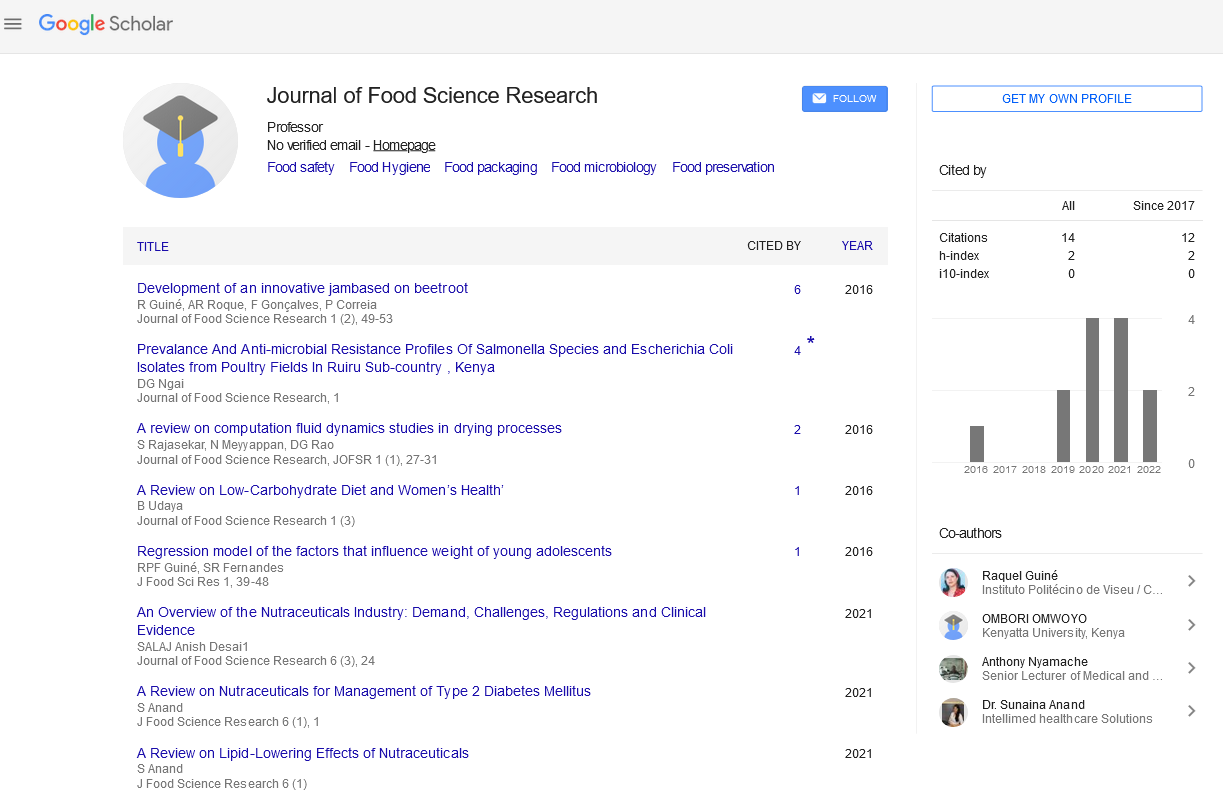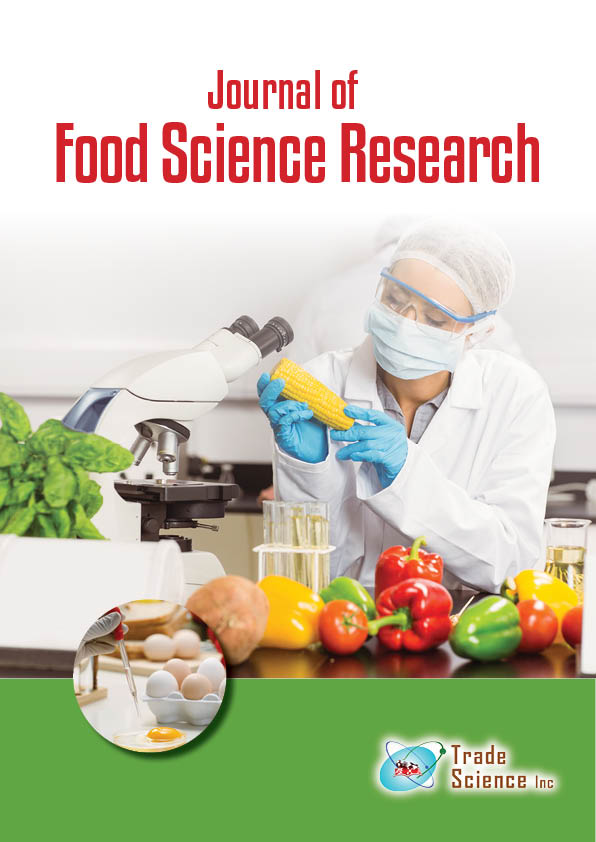Abstract
Histamine Toxicity (Scromboid Toxicity) in Fish and Fishery Products
Author(s): Tariq HantashScromboid toxicity is one of the common poisoning in fish and fishery products that habitat in worldwide tropical and medium water. The histamine food poisoning occurred after eating contaminated fish that have improperly storage condition (e.g. high temperature for long period) in the whole food chain processing that starting from fish caught or harvesting till represent in retail. This circumstances will increase the growth of gut bacteria which lead to high concentrations of Histamine agents that cause poisoning in human that resemble the moderate to severe hypersensitivity symptoms. The reason of this poisoning named after Scromboid because Tuna, Mackerel, Sardine and Herring that belongs to Scromboidae fish family and some other families which these species contain naturally high concentrations of biogenic Amine agents-Histidine as a free component in their flesh. Although, it was occasionally and rarely after cooking the skin of affected fish may appear as honeycombed, and their taste reported as “peppery”, which makes histamine poisoning detection prior to eating difficult by physical or sensory evaluation in effective way like change in fish flesh appearance, odor, or taste. Therefore, the histamine concentration levels detected chemically by HPLC, TLC, or by ELISA tests. The Jordanian Specifications Standards for Fish and Fishery products that declared histamine concentrations level must be not more than 10 gram/kg (ppm) in composite samples for the including five fish families: Clupeidae, Scombridae, Scombresocidae, Pomatomidae, & Coryphaenedae

